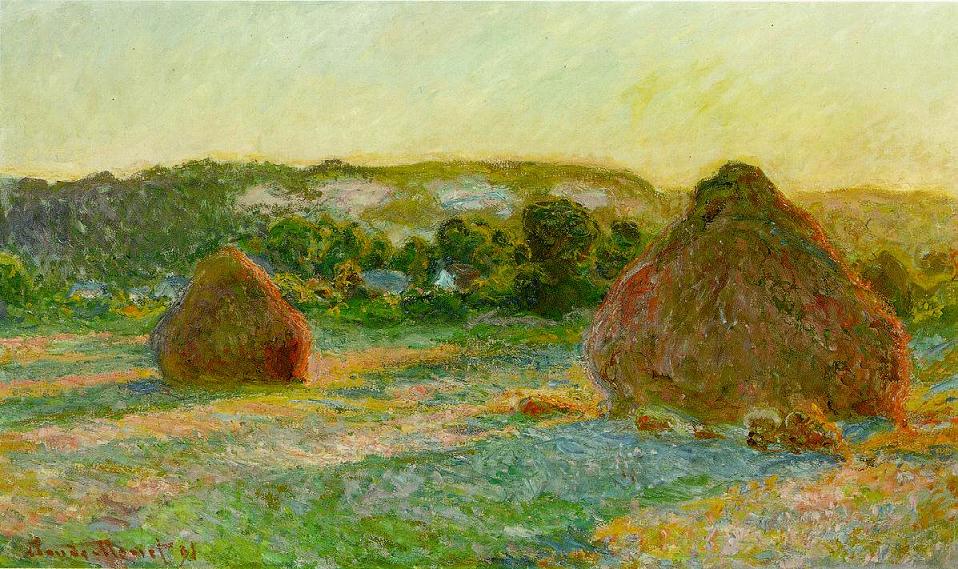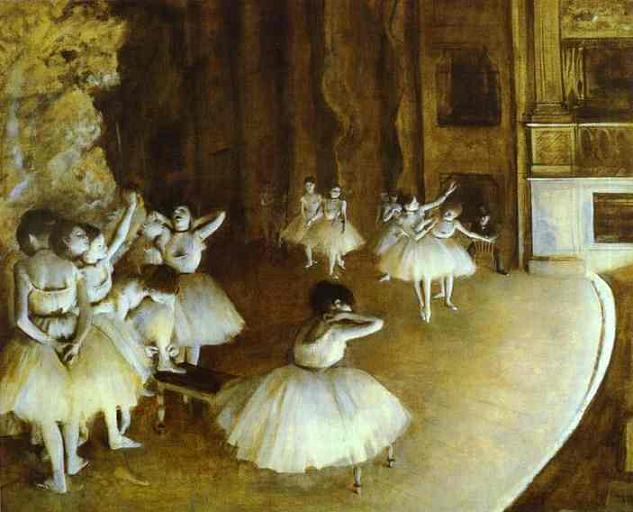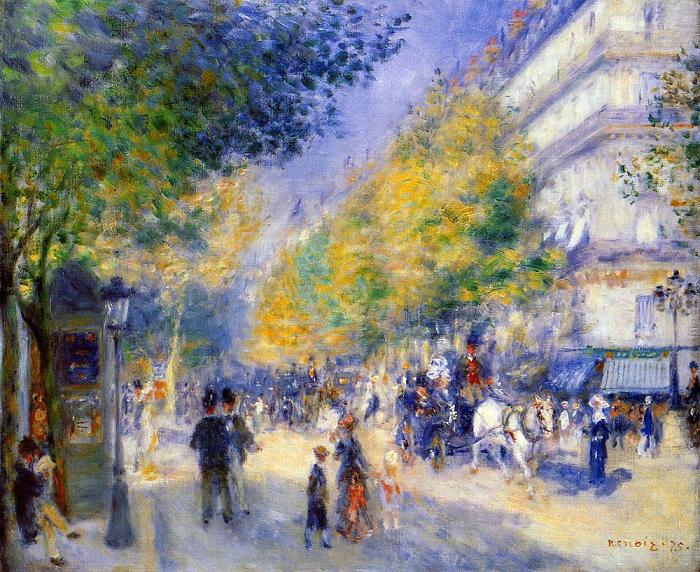Homepage | Impressionism | Post-Impressionism | Fauvism | Cubism | Web Quest | Educational Web Sites
Impressionism
WHAT IS IMPRESSIONISM? (1870-1890)
Impressionist artists favored common subjects such as nature, people, still life, and scenes from everyday life.
They rejected traditional method of painting the realistic images, and tried to capture the impression of the subjects.
They used bright vibrant colors and light in their paintings rather than dark dull color.
Some of the artists during this art movement include Paul CÚzanne, Edgar Degas, Claude Monet, Camille Pissarro, and Pierre-Auguste Renoir.
View Monet's Waterlilies: click slideshow

|

|

|
|
Claude Monet (1840-1926)
Claude Monet was a key figure in the Impressionist movement that transformed French painting in the second half of the nineteenth century. Throughout his long career, Monet consistently depicted the landscape and leisure activities of Paris and its environs as well as the Normandy coast. He led the way to twentieth-century modernism by developing a unique style that strove to capture on canvas the very act of perceiving nature.
Source:
|
Edgar Degas (1834-1917)
Monet studied the effects of natural light, shadow, and atmosphere and created form by juxtaposing brushstrokes of color, whereas Degas observed laundresses, milliners, and ballet dancers at work and employed unusual perspectives and complex formal structures. While Monet and Renoir preferred plein air painting, or painting-out-of-doors, Degas often worked from memory, sketching from models who posed in his studio.
Source:
|
Pierre-Auguste Renoir (1841-1919)
Renoir is perhaps the best-loved of all the Impressionists, for his subjects (pretty children, flowers, beautiful scenes, above all lovely women) have instant appeal, and he communicated the joy he took in them with great directness. `Why shouldn't art be pretty?', he said, `There are enough unpleasant things in the world.' He was one of the great worshippers of the female form, and he said `I never think I have finished a nude until I think I could pinch it.'
Source:
|
Other related websites: